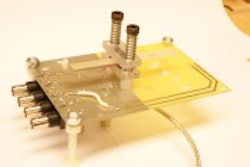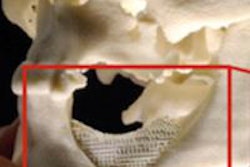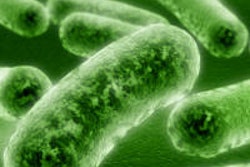A new technique that uses atmospheric pressure plasma, a new radiation source, could be used for dental care and to treat oral cancer, according to a recent study in the European Physical Journal D (March 11, 2014).
Plasma medicine explores the interaction of atmospheric pressure plasma jets with biological tissues, which may aid in medical treatment.
Researchers at the University of Notre Dame have studied the different types of DNA damage induced by atmospheric pressure plasma exposure. This approach could lead to devising alternative tools for cancer therapy and applications in dental care, skin diseases, chronic wounds, and cosmetic treatments, such as teeth whitening, the school said.
Because the irradiation does not penetrate material more than a few micrometers of body tissue, it can be used only on surface cancers such as oral cancer or skin cancer. Researchers are investigating other methods for delivering the plasma to treat other cancers.
This new study focused specifically on DNA in the cell, and the researchers have observed significant DNA damage in cancer cells irradiated by atmospheric pressure plasma.
"The cell is a quite complicated system," explained lead researcher Sylwia Ptasinska, PhD, an assistant professor of physics at Notre Dame. "Our next step was just to focus on the isolated DNA molecule. We've isolated DNA to understand the exact mechanics by which plasma is involved in damage. We could observe different types of DNA damage," including single- and double-string breaks. "If we increase damage to DNA, we can more efficiently kill that tumor."
Ongoing Notre Dame research, in collaboration with the Harper Cancer Research Institute, suggests that the irradiation does not damage DNA in healthy cells as it does in cancer cells, a promising sign that it could be used to target the disease.



















